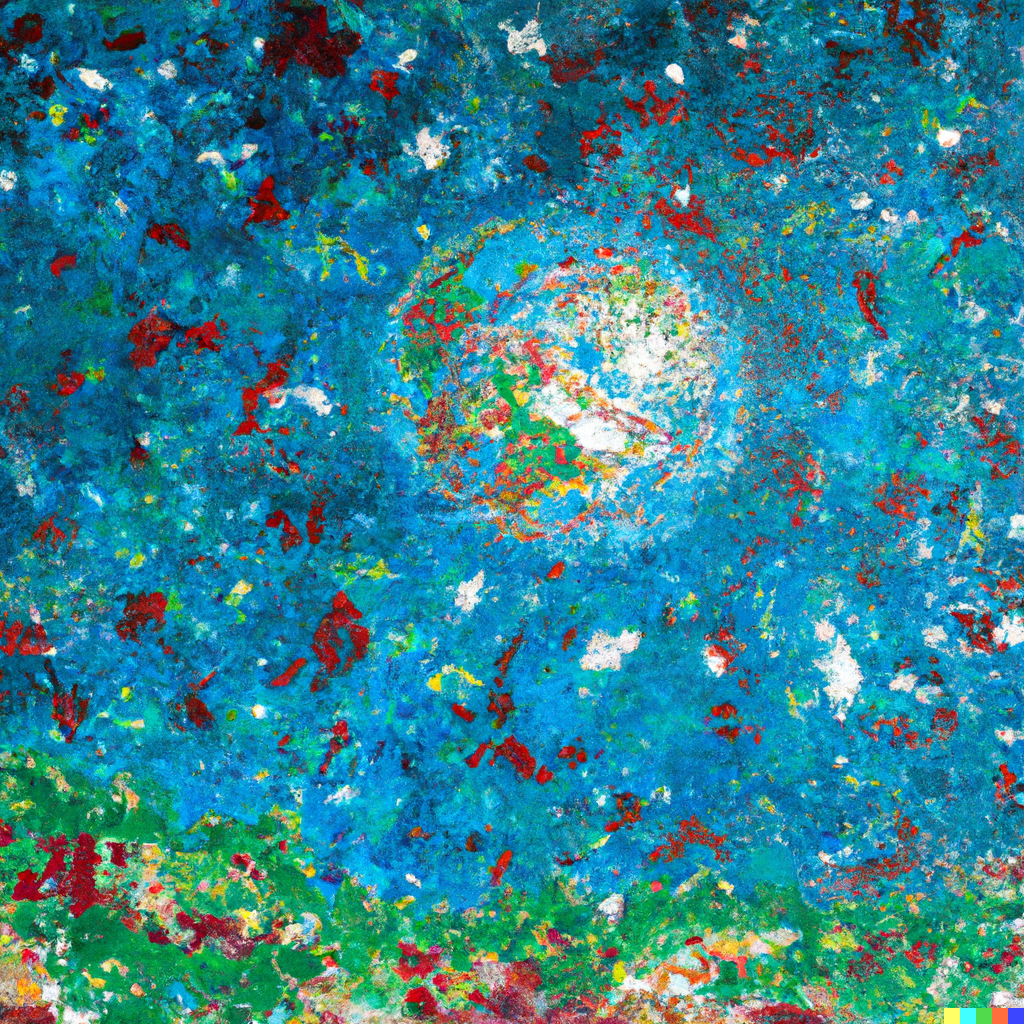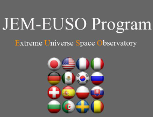
The first space program devoted to the exploration of the outermost bounds of the Universe through the detection of the ultra high energy cosmic rays and neutrinos.
The JEM-EUSO program (Joint Experiment Missions for Extreme Universe Space Observatory) is managed by a consortium of international institutions, including IASF-Palermo, which contributes significantly to its design and development.
The program aims to study the nature and origin of ultra-high energy cosmic rays (UHECRs) and neutrinos, which are some of the most energetic and mysterious particles in the universe, using a super-wide-field telescope to detect UV photons emitted from air showers generated by UHECRs in the atmosphere. The collaboration involves about 300 researchers from 16 countries, with a team at IASF/Palermo dedicated to exploring the universe’s most extreme particles.

UHECRs are particles with extremely high energies, in the range of 1018-1020 electron volts, that are thought to originate from astronomical sources such as active galactic nuclei, gamma-ray bursts, and supernovae. However, despite their importance, the exact nature of UHECRs and the mechanisms behind their acceleration remain largely unknown. To address these questions, JEM-EUSO will use the Earth’s atmosphere as a giant detector, observing the fluorescence and Cherenkov signals produced by air showers initiated by UHECRs as they pass through the atmosphere.
JEM-EUSO will be positioned on board the ISS and will observe the Earth from space, providing a unique perspective on UHECRs and their interactions with the atmosphere. The fluorescence signal produced during the passage of UHECRs through the atmosphere can be used to measure the energy and direction of the particles, while the Cherenkov signal, which is emitted when the air shower reaches the ground or the top of a cloud, can be used to study the properties of the shower.
In addition to UHECRs, JEM-EUSO will also search for high-energy neutrinos, which are thought to be produced in some of the same sources as UHECRs. Neutrinos are particularly challenging to study, as they interact only very weakly with matter, making them difficult to detect. However, JEM-EUSO’s unique perspective from space and its ability to observe the Cherenkov signal produced by neutrino interactions in the atmosphere make it an ideal instrument for studying these elusive particles.

Our group is proud to be a part of the JEM-EUSO consortium. We have played a significant role in the definition, design, and realization of the original EUSO proposal, and today we continue to play a crucial role in the ongoing operation of JEM-EUSO. Our efforts are focused on research into methods and data analysis techniques for JEM-EUSO, as well as supporting the ongoing operation of the observatory. We are committed to advancing our understanding of the most energetic particles in the universe and to exploring some of the most fundamental questions in astroparticle physics.
JEM-EUSO represents a unique opportunity to advance our understanding of the most energetic particles in the universe, and to shed light on some of the most fundamental questions in astroparticle physics. With its unique perspective from space and its ability to observe UHECRs and neutrinos in the atmosphere, JEM-EUSO is poised to make significant contributions to this field and to the broader field of astronomy and astrophysics.
Read more about JEM-EUSO on the Italian official site.
Official site.

Contact person
Anna Anzalone
Team
Anna Anzalone
Osvaldo Catalano
Antonio Pagliaro
Antonio Tutone